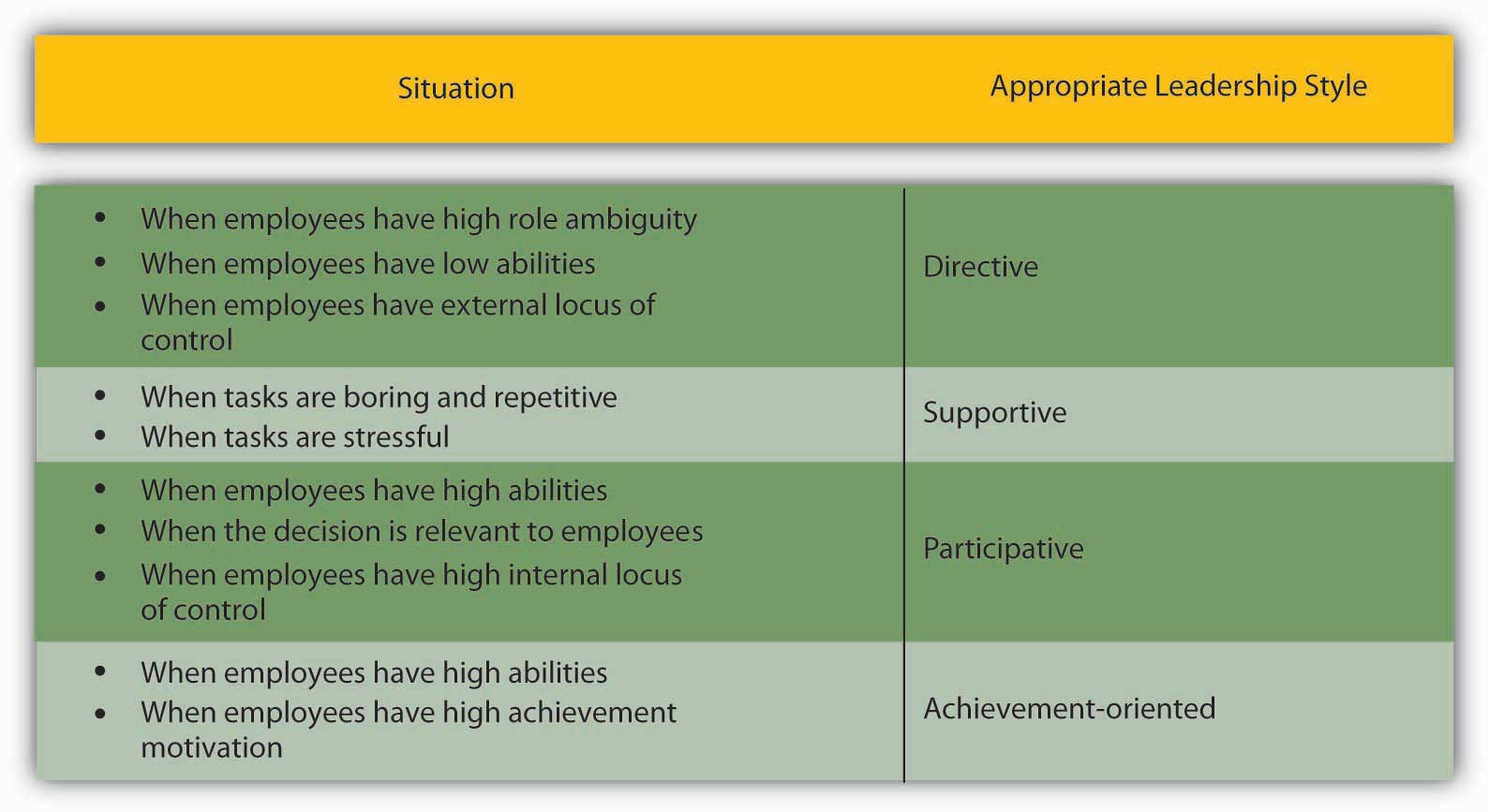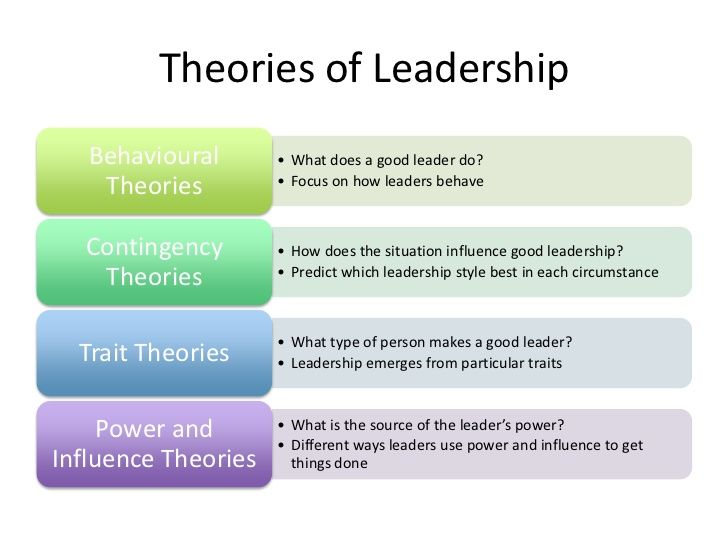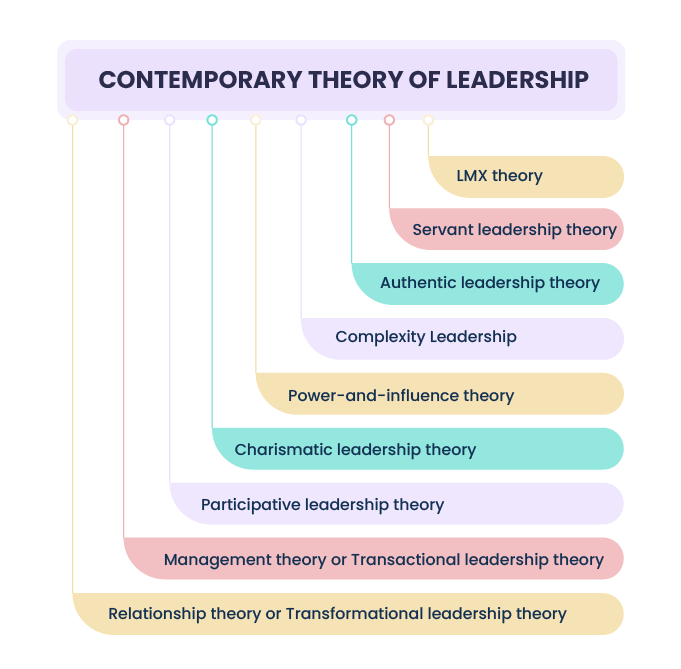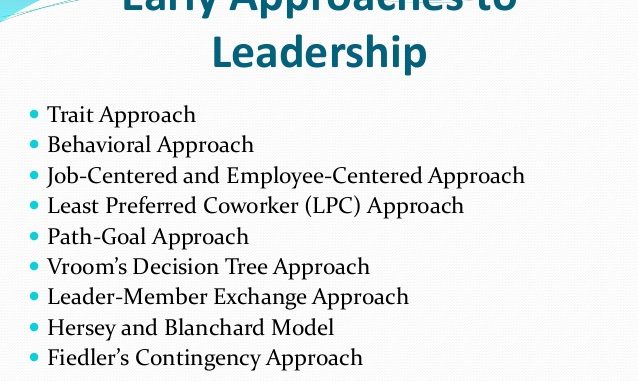Leadership approaches refer to the various ways in which leaders direct, influence, and motivate their followers to achieve a common goal. These approaches can vary widely, as different leaders have different styles, values, and strategies for guiding their teams. Some leaders may be more directive, giving clear instructions and expecting strict adherence to them. Others may be more collaborative, seeking input and ideas from their team members and fostering a sense of shared ownership and responsibility.
One key leadership approach is transformational leadership, which focuses on inspiring and motivating followers to not only achieve specific goals, but also to develop their own potential and become leaders in their own right. Transformational leaders often set a clear vision and communicate it effectively to their team, while also encouraging creativity, innovation, and risk-taking. They also provide support and guidance to their followers, helping them to develop the skills and confidence they need to succeed.
Another leadership approach is servant leadership, which emphasizes putting the needs of the team or organization above the needs of the leader or individual team members. Servant leaders are often characterized by their humility, empathy, and self-awareness, and they seek to empower and enable their followers to achieve their full potential. They often involve their team in decision-making processes and delegate tasks and responsibilities, rather than micromanaging or controlling every aspect of the work.
Situational leadership is another approach that involves adapting one's leadership style to fit the needs and abilities of the team and the demands of the situation at hand. This approach recognizes that different team members may require different levels of guidance and support, and that different tasks or projects may call for different leadership approaches. For example, a leader may need to be more directive when training a new team member, while being more collaborative when working on a complex problem-solving task.
There are many other leadership approaches, including autocratic, democratic, and laissez-faire styles, each of which has its own strengths and limitations. No single approach is right for every leader or every situation, and the most effective leaders are often those who are able to adapt and use a variety of approaches as needed. Ultimately, the key to successful leadership is the ability to inspire, motivate, and guide others towards a shared vision, while also being open to new ideas and approaches, and adapting to changing circumstances.









